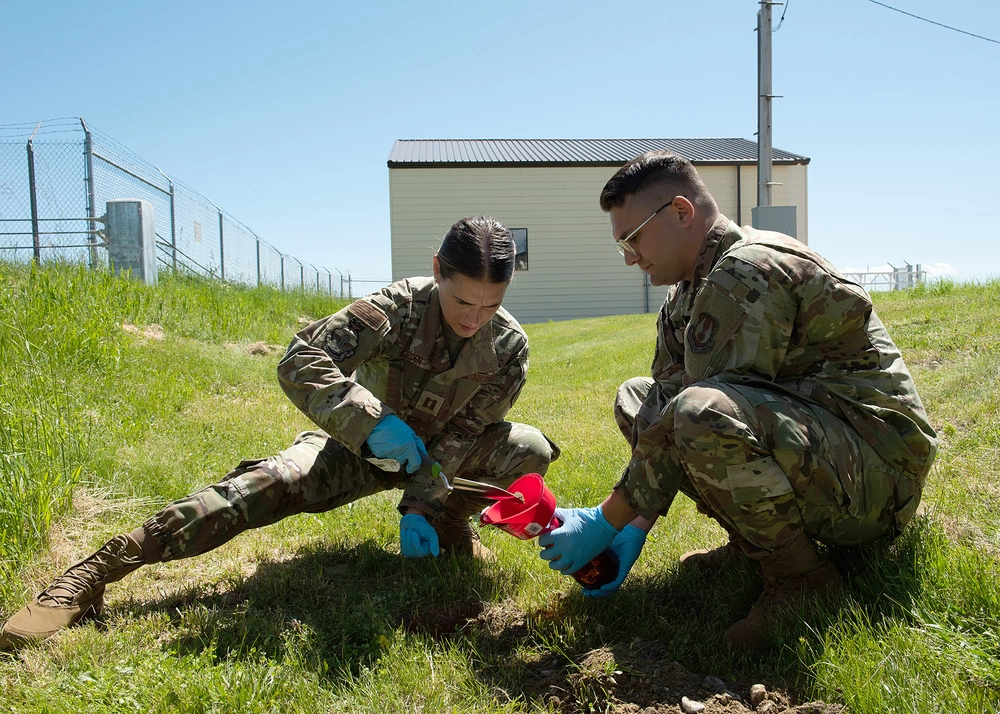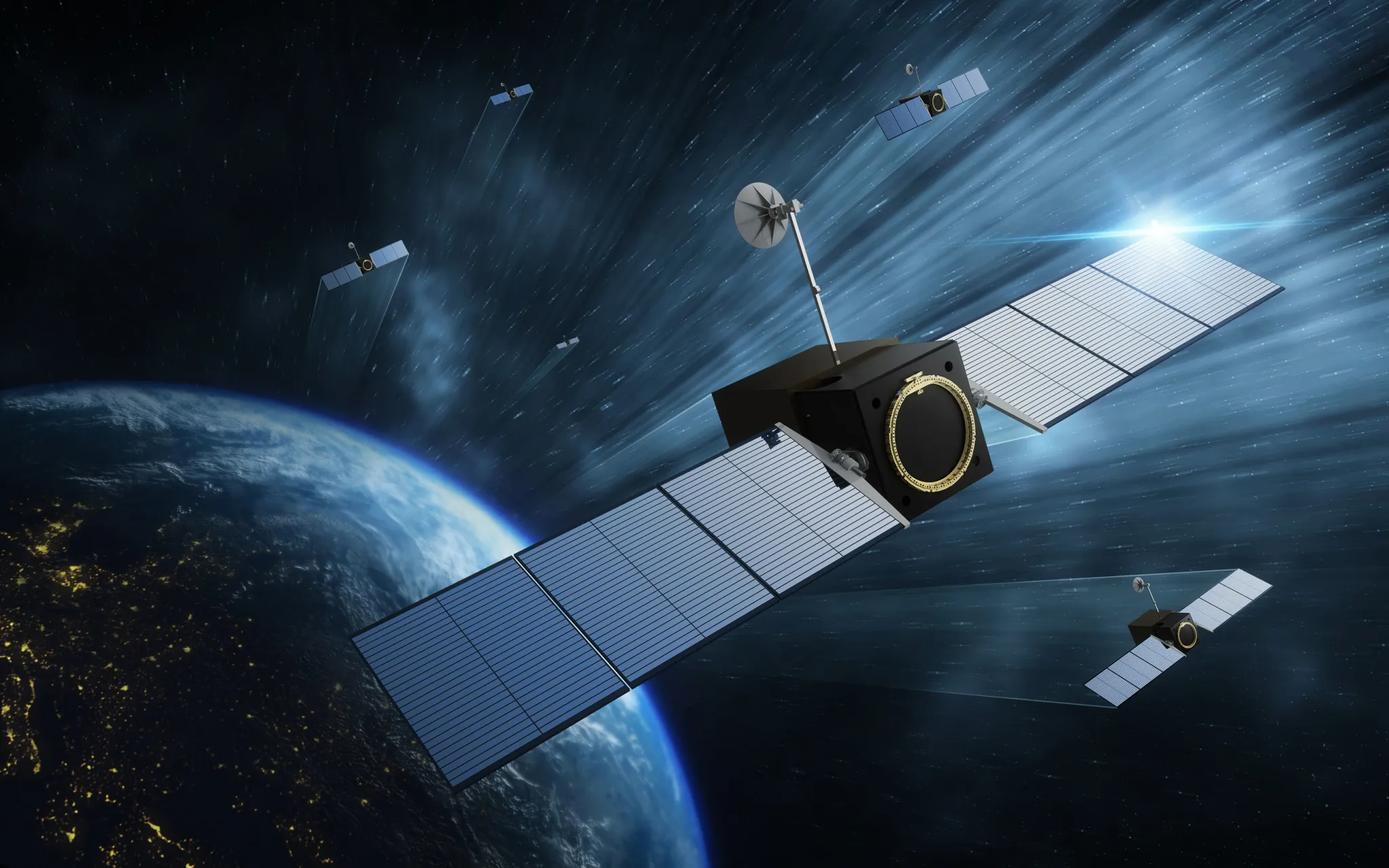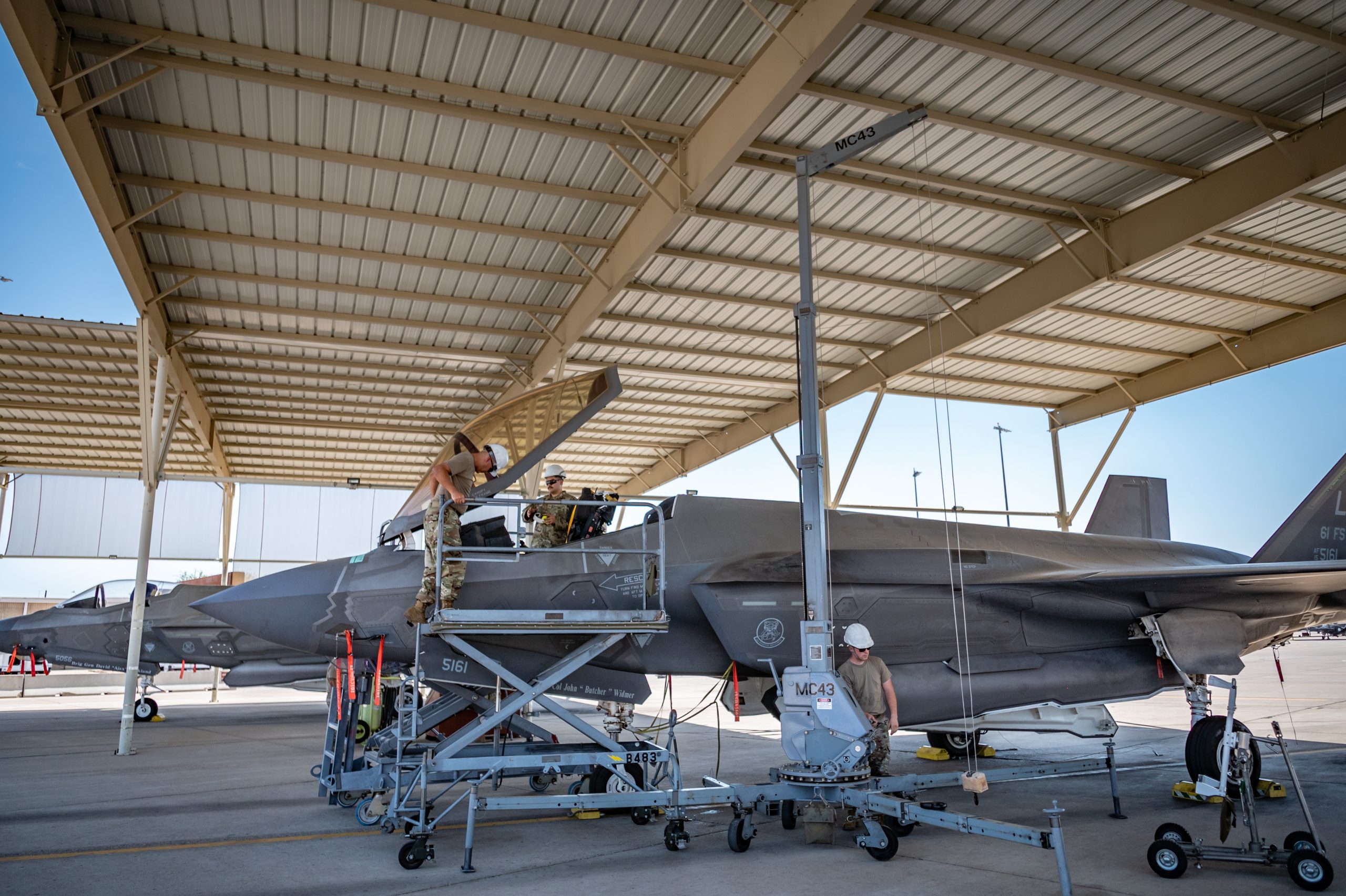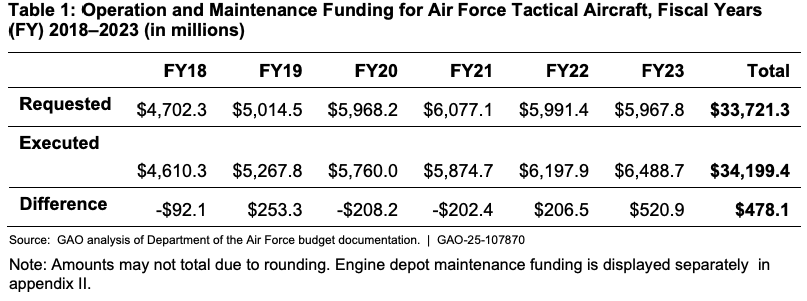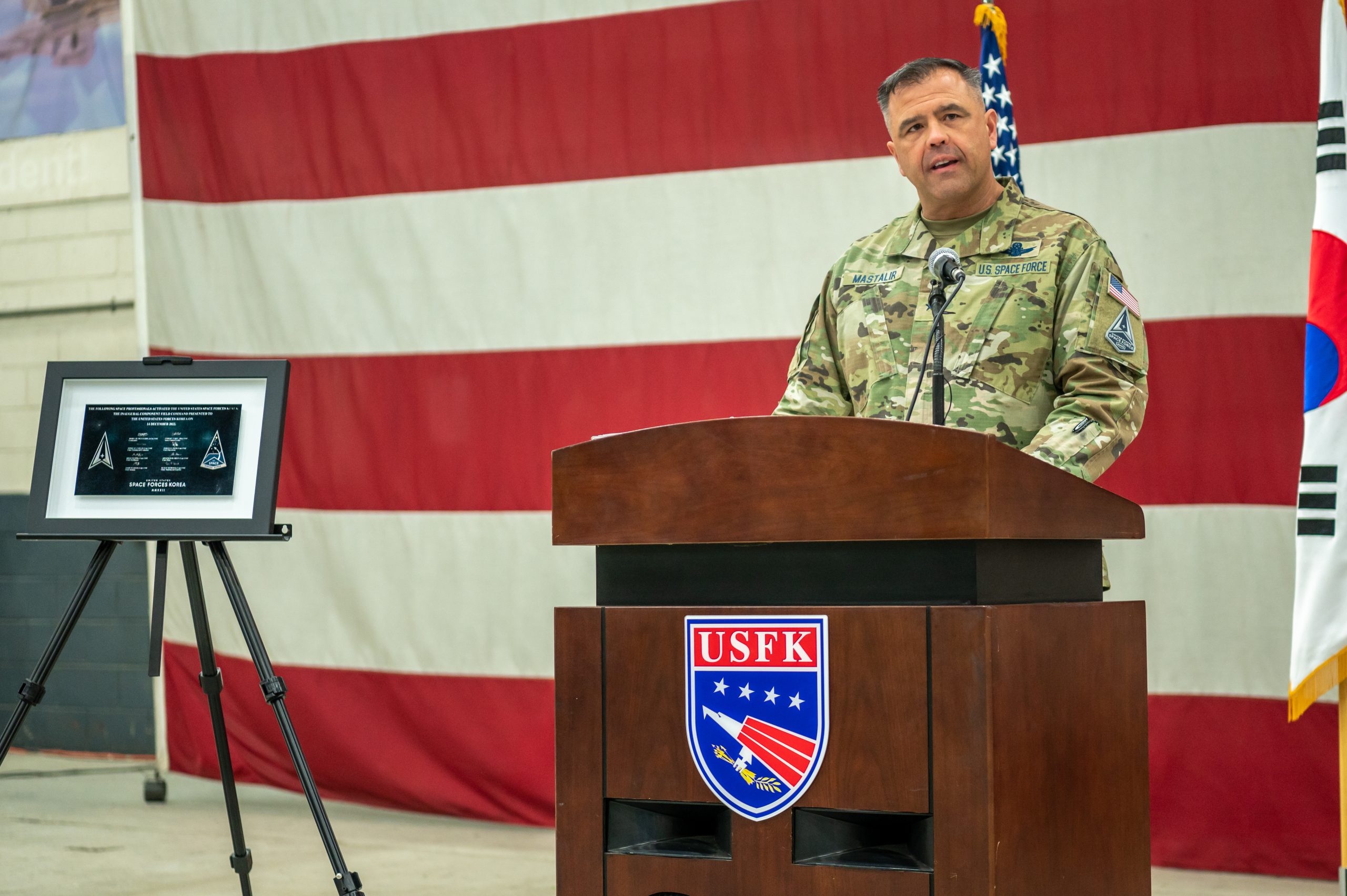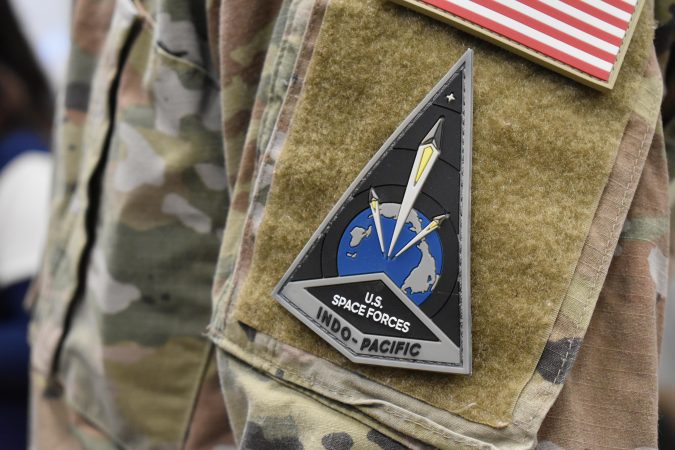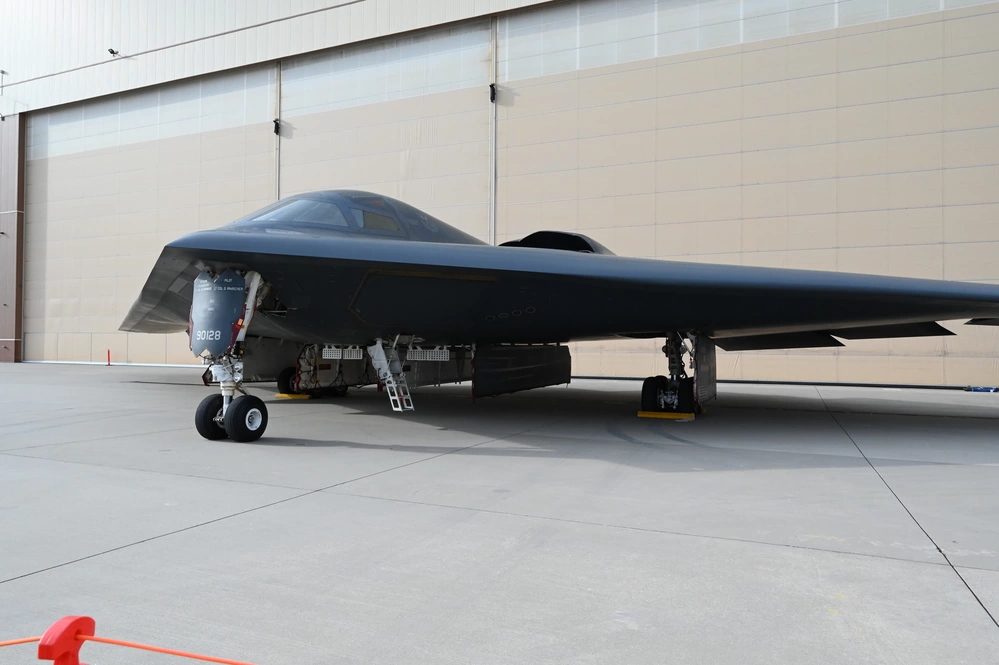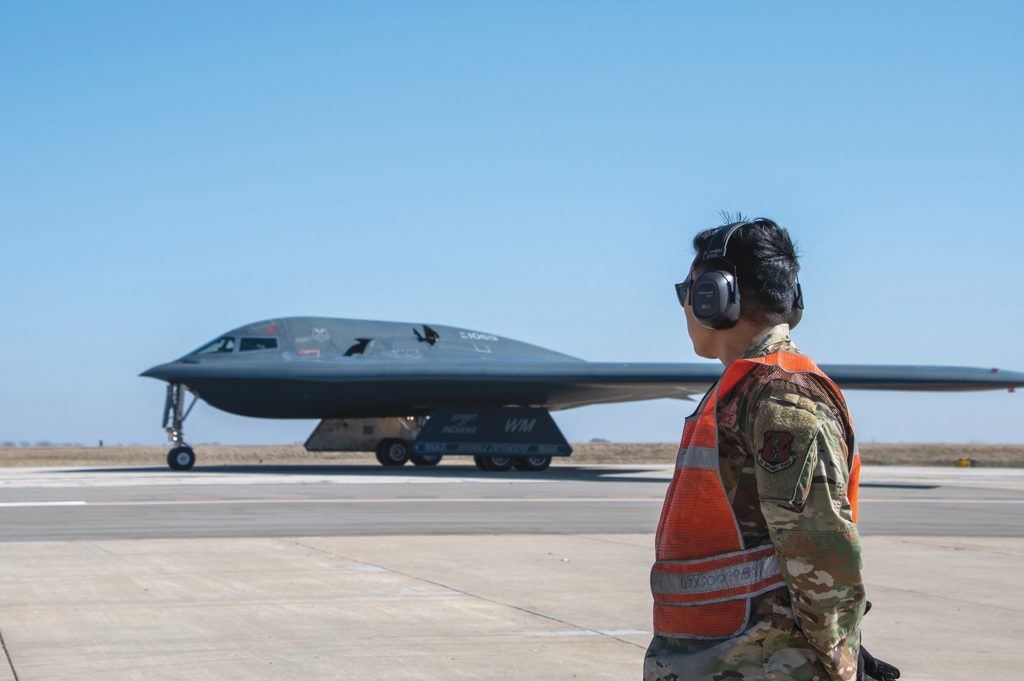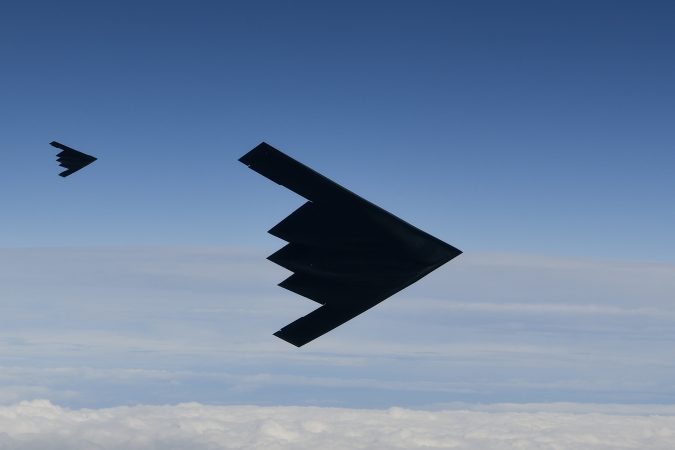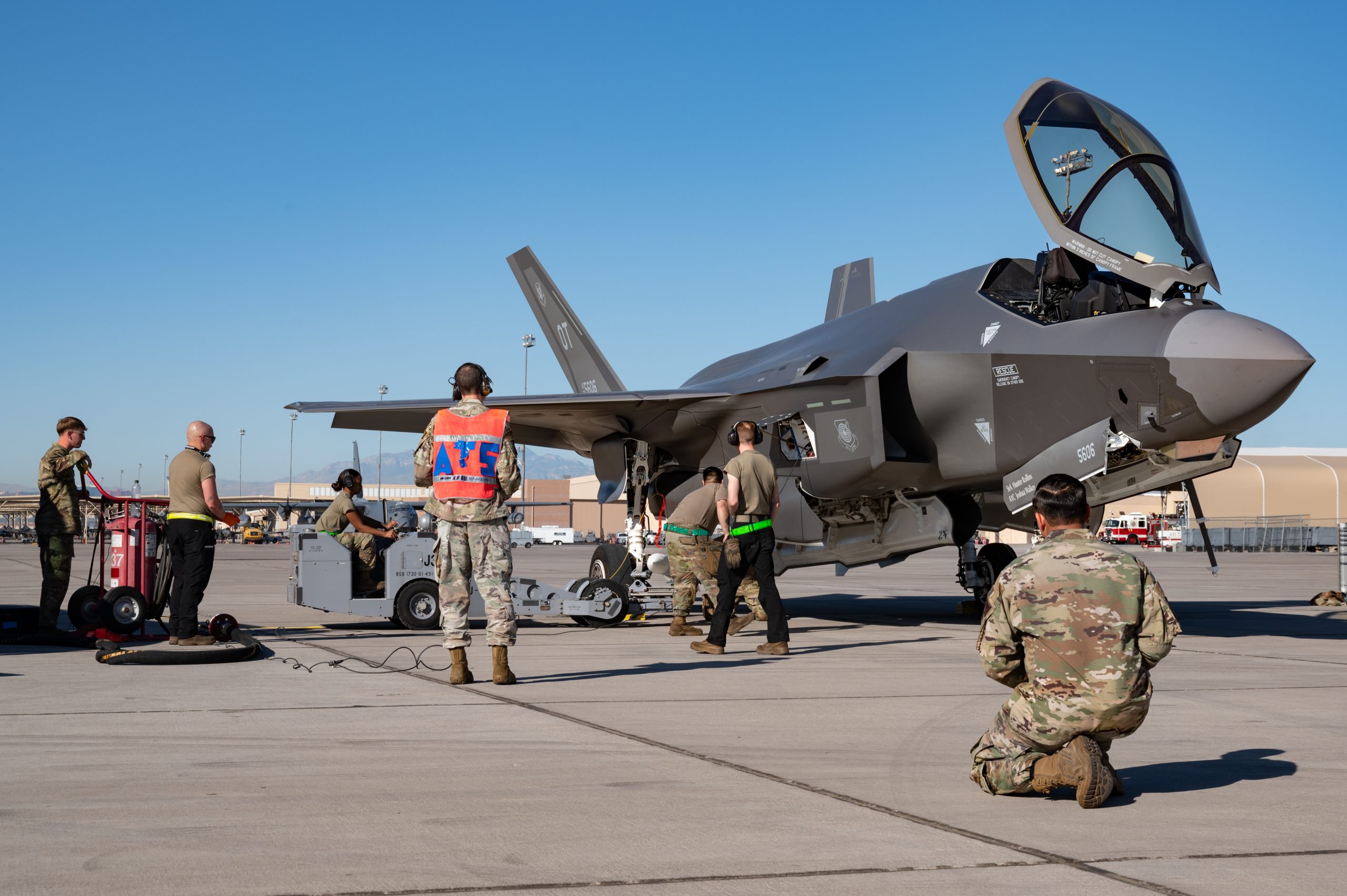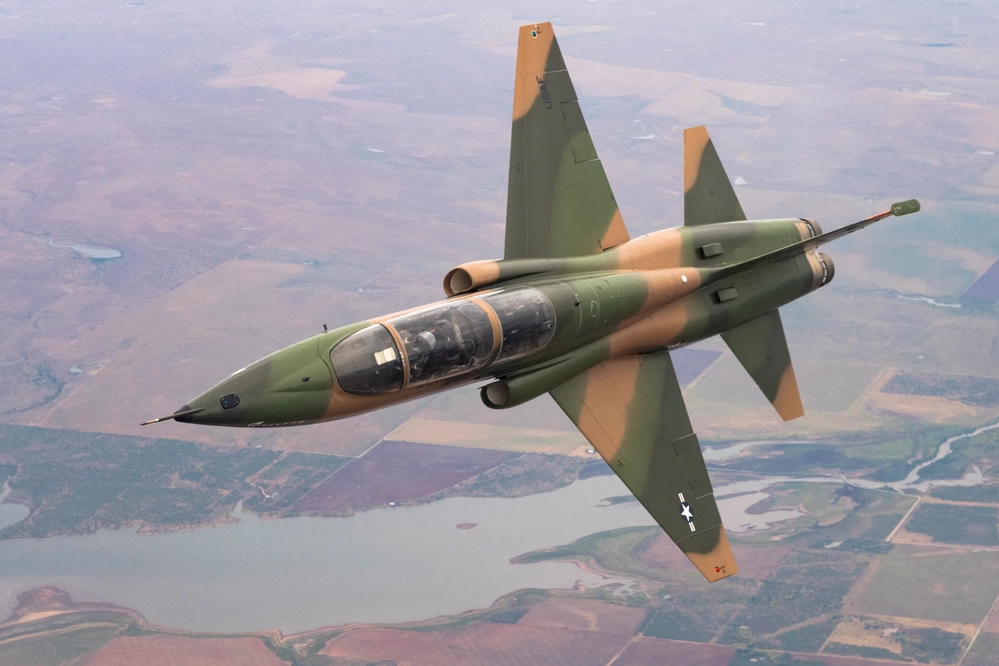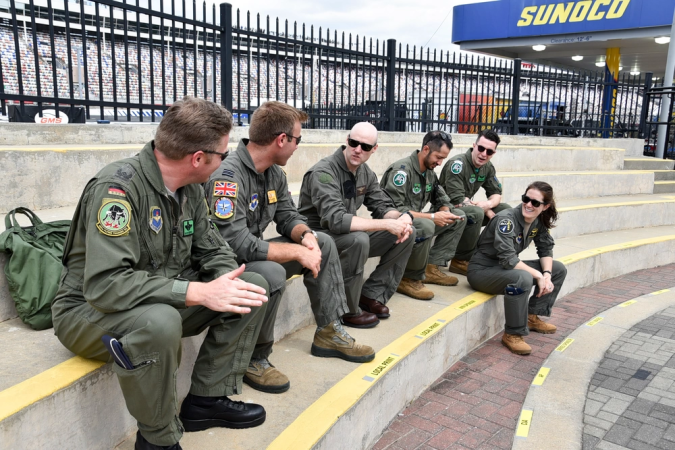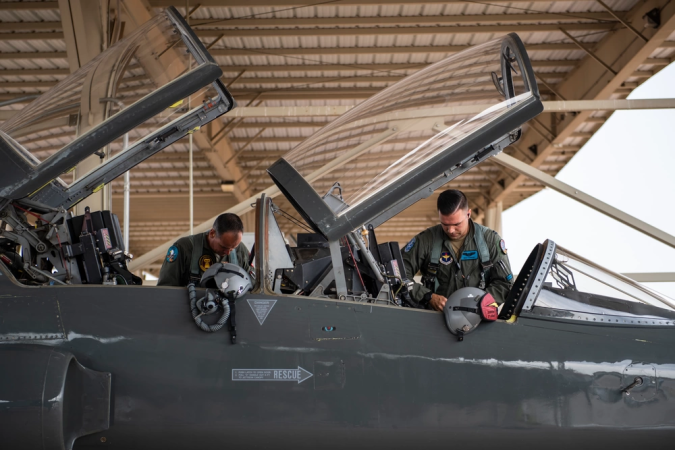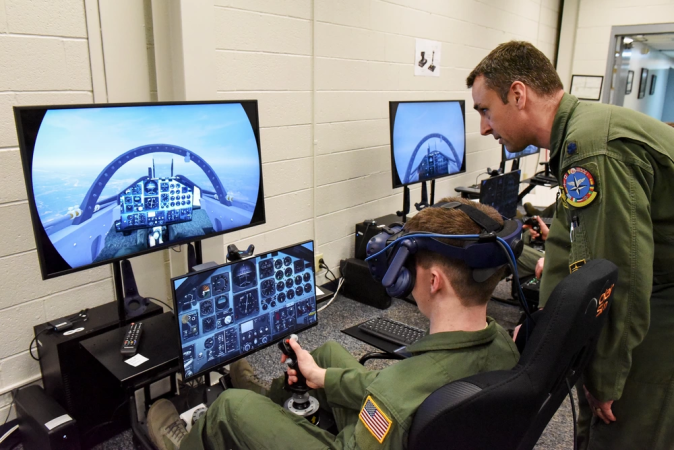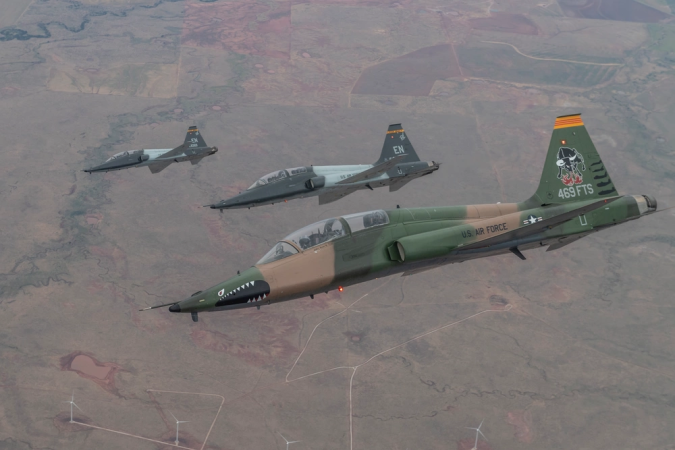The latest round of environmental sampling for the Air Force’s Missile Community Cancer Study found trace amounts of potentially harmful chemicals called volatile organic compounds in the service’s intercontinental ballistic missile (ICBM) facilities, but not at levels that would pose a health hazard, Air Force Global Strike Command announced Oct. 22.
For the third round of environmental sampling, the Air Force School of Aerospace Medicine once again tested the air, soil, and drinking water at missile alert facilities (MAFs) and Launch Control Centers (LCCs) across the Air Force’s three main missile bases and Vandenberg Space Force Base, Calif, which hosts missile launch facilities. LCCs are the underground capsules where Airmen operate ICBMs, while MAFs include the above-ground buildings where missile operators and the security forces Airmen guarding the facility live, eat, and sleep during an alert shift.
This round found trace levels of volatile organic compounds (VOCs). According to the Environmental Protection Agency, VOCs are human-made chemicals used and produced in the manufacture of paints, pharmaceuticals, and refrigerants. They are emitted as a vapor by a vast array of products including paints, cleaning supplies, pesticides, building materials, office equipment such as copiers and printers, and permanent markers. Even the “new car smell” comes from VOCs emitted from the materials inside a new car.
VOC exposure can result in headaches, nausea, dizziness, irritation in the eyes and throat, and a few VOCs have been directly linked to cancer in humans, but the extent and nature of the health effects depend on a range of factors such as amount of time exposed and exposure level, according to Northern Arizona University.
The Air Force study found trace levels of VOCs in about one percent of samples, Global Strike Command said in a statement. In every case, those levels were below five percent of the recommended Threshold Limit Value, a method endorsed by the Occupational Safety and Health Administration for how much of a substance adults can be exposed to without experiencing adverse health conditions, the command said.
“The levels detected in the survey are not assessed to present a health hazard,” Global Strike Command wrote.
The tests took place over the summer as part of an effort to capture seasonal variations in the LCCs and MAFs, the head of Global Strike Command, Gen. Thomas A. Bussiere, said in the release.
“Across all three rounds of sampling, we’ve learned a great deal about our facilities and what compounds are present in them, and most importantly how we can clean-up or mitigate those compounds to ensure our Strikers have a safe work environment,” he said.
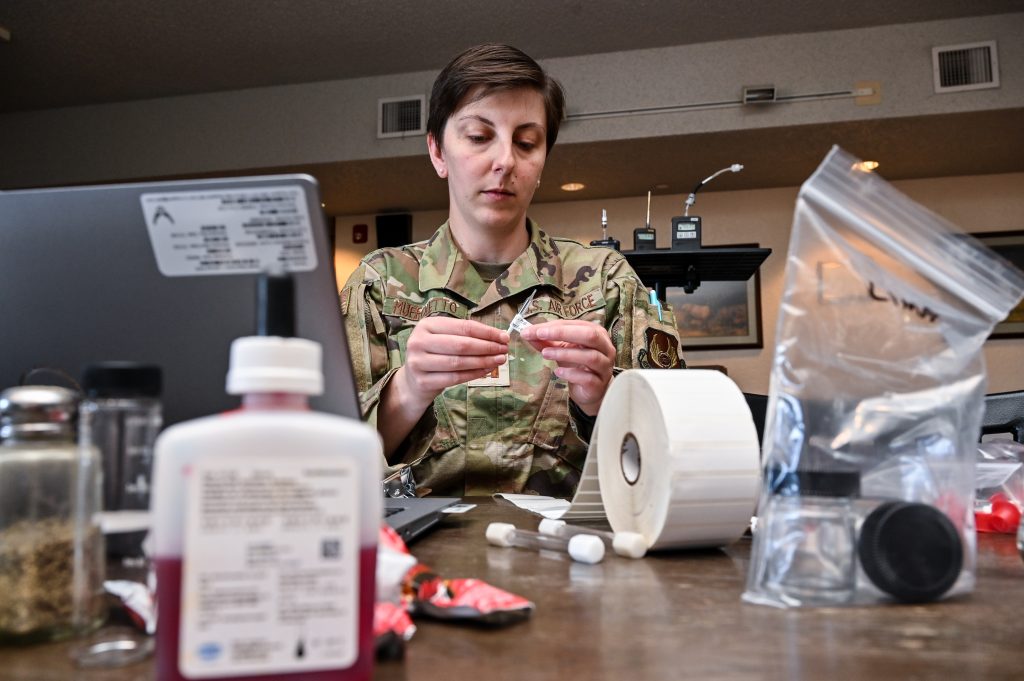
engineer, labels different samples at L-01 missile alert facility, or MAF, near Stoneham,
Colorado, July 13, 2023. (U.S. Air Force photo by Joseph Coslett Jr.)
In previous rounds of environmental testing, Global Strike Command found polychlorinated biphenyls (PCBs), hazardous chemicals the EPA has deemed “probable human carcinogens” that were used in electronics and other equipment before being banned in 1979. Many ICBM facilities’ equipment predates then, and Global Strike Command found PCBs above EPA standards at Malmstrom Air Force Base, Mont.; and Minot Air Force Base, N.D.
In June, the command said it would expand its environmental studies to the missile launch facilities, where maintenance Airmen work on the weapons.
The environmental studies coincide with an epidemiological study of cancer rates among missileers and other ICBM-related jobs compared to the rest of the military and the general population. Preliminary data released in March showed elevated rates of prostate and breast cancer.
The data supporting those observations came from Department of Defense electronic medical records from 2001 to 2021, capturing service members diagnosed with cancer through the Military Health System and Tricare. The Air Force expects that accounts for fewer than 25 percent of the total cancer cases.
The rest may be accounted for as the study expands. On Oct. 31, Global Strike Command will host a virtual town hall to discuss the results of the next phase of the epidemiological study, which covers Veterans Affairs medical records from 1991-2020, the DOD Cancer Registry from 1986-2020, and the Veterans Affairs Central Cancer Registry from 1976 to 2020.
“We won’t be able to make definitive statements about cancer incidence among the missile community until after we complete the epidemiological study,” Col. Richard Speakman, commander of the Air Force School of Aerospace Medicine, said in the release. “But we know from previous studies that military members do have higher rates of certain cancers. Hopefully this study will increase our awareness of any higher risk and enable Airmen, Guardians, and their families to make informed decisions.”
Hundreds of people logged onto an earlier town hall held in June. For years, the Air Force dismissed concerns among the missile community about connections between their work and cancer. In early 2023, those concerns were raised again as a result of a possible increased rate of cases of non-Hodgkin Lymphoma, a blood cancer, at Malmstrom Air Force Base.
Bussiere, who dealt with cancer while still a captain flying fighter jets, has pledged to take an expansive approach with the study and reiterated to town hall participants that he does not intend to sweep the issue under the rug.
“I believe it’s our obligation to completely understand the environment we asked our Airmen to operate in and do what we can to mitigate any risk or exposure,” the general said in the town hall.
